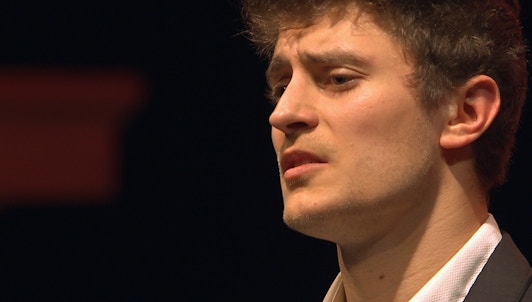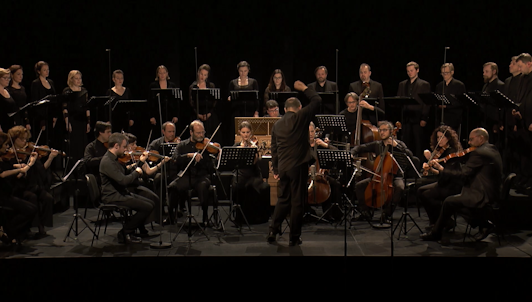Conductor and musicologist Antonio Florio has devoted his life to rediscovering the many musical treasures of Naples, a city of considerable history and culture. Remarkable works like those on display here echo the powerful vital force of what was once an important Greek settlement originally named for the siren Parthenope (sometimes represented by a lyre)—a city flanked by Mount Vesuvius and the Mediterranean which has withstood earthquakes, epidemics, a Viking invasion, and the rise and fall of every dominant power throughout the centuries.
Read more
Baroque sacred music from the smash-hit album

Misteria Paschalia Festival 2019